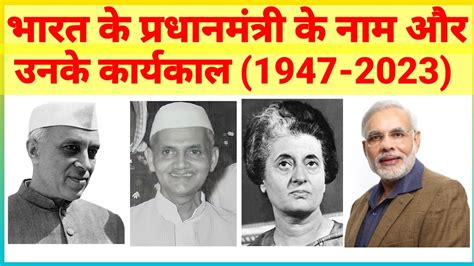The Truth About: 1947-2023 – A Journey Through History and Its Impacts
The span from 1947 to 2023 encompasses a period of unprecedented change, marked by technological leaps, geopolitical shifts, and profound social transformations. Understanding this era requires examining its multifaceted nature, acknowledging both triumphs and tragedies, and grappling with its lasting legacy. This journey through history will explore key events and their continuing influence, aiming to uncover "the truth" about these pivotal years.
The Post-War World and the Cold War (1947-1991):
The year 1947 witnessed the beginning of the Cold War, a period of geopolitical tension between the United States and the Soviet Union. This ideological struggle shaped global politics for decades, influencing everything from proxy wars in Korea and Vietnam to the space race and the nuclear arms buildup. The formation of NATO and the Warsaw Pact solidified the division of Europe and the world. This era also saw the rise of decolonization, with numerous former colonies gaining independence, often leading to instability and conflict.
The Rise of Technology and Globalization:
The latter half of the 20th century witnessed an explosion in technological advancements. The invention of the transistor and the integrated circuit laid the groundwork for the digital revolution, transforming communication, industry, and daily life. The advent of the internet in the late 20th century further accelerated globalization, connecting people and economies across vast distances. This interconnectedness brought both opportunities and challenges, including economic inequality and cultural homogenization.
Social and Cultural Upheavals:
The period from 1947 to 2023 also saw significant social and cultural changes. The Civil Rights Movement in the United States, the anti-apartheid struggle in South Africa, and the women's liberation movement are just a few examples of the powerful forces challenging existing power structures and demanding greater equality and justice. These movements, while often met with resistance, reshaped social norms and legal frameworks globally.
The Post-Cold War Era (1991-2023):
The collapse of the Soviet Union in 1991 marked a turning point. While heralded by many as the "end of history," the ensuing years brought new challenges, including the rise of terrorism, globalization's uneven distribution of wealth, and the resurgence of nationalism. Major events such as the 9/11 attacks, the Iraq War, and the 2008 financial crisis significantly shaped the global landscape.
Frequently Asked Questions (Addressing "People Also Ask" Queries):
1. What were the most significant technological advancements between 1947 and 2023?
The most significant technological advancements include the transistor, the integrated circuit, the development of the internet and the World Wide Web, the rise of personal computing, mobile technology (smartphones), and advancements in biotechnology and genetic engineering. These innovations have profoundly altered how we communicate, work, live, and interact with the world.
2. How did the Cold War impact the world?
The Cold War shaped global politics, economics, and culture for decades. Its impact included proxy wars, a massive arms race, the division of the world into opposing blocs, the constant threat of nuclear annihilation, and the fostering of ideological clashes. Its legacy continues to be felt in international relations and geopolitical strategies.
3. What were the major social and political changes during this period?
Major social and political changes included the Civil Rights Movement, the women's liberation movement, the anti-apartheid movement, decolonization across Africa and Asia, the rise of environmentalism, and increasing globalization with its attendant benefits and drawbacks. These movements challenged established power structures and led to significant changes in social norms and laws.
4. What are some of the most significant global conflicts during this period?
The Korean War, the Vietnam War, various conflicts in the Middle East (including the Arab-Israeli conflicts), the Soviet-Afghan War, and numerous civil wars in Africa and other regions are examples of significant global conflicts during this period. These conflicts often had far-reaching consequences, impacting global politics and economics.
Conclusion:
The period from 1947 to 2023 represents a pivotal chapter in human history. Understanding this era requires analyzing its complex interplay of political, technological, social, and economic factors. By studying the major events and their consequences, we can better understand the present and navigate the challenges and opportunities of the future. While this overview only scratches the surface, it aims to provide a framework for further exploration and a deeper understanding of "the truth" about these transformative years.

